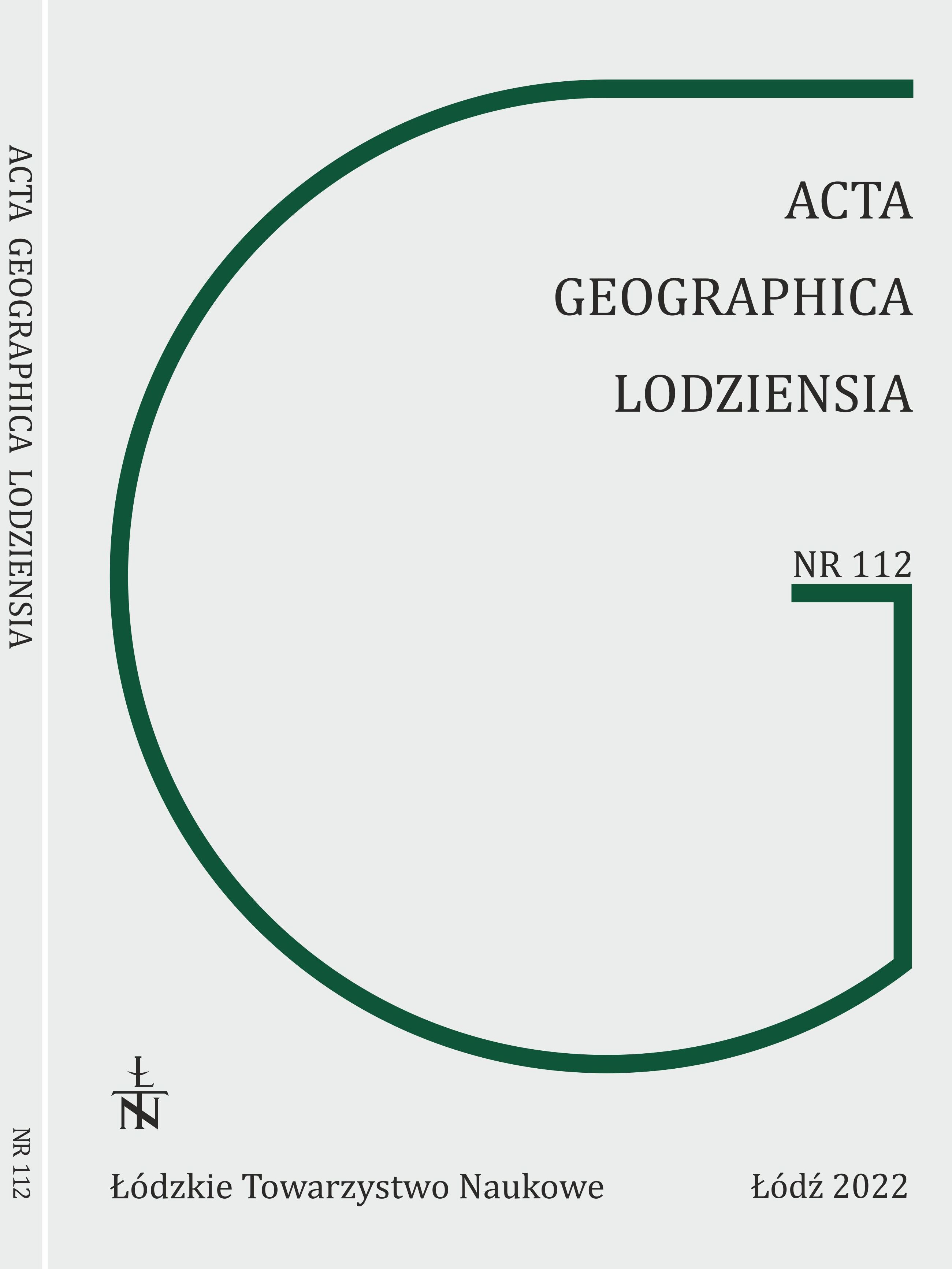How well multi-indicator palaeo-environmental studies meet the needs of research on settlements, on the example of the early medieval settlement complex in Szczecin: methodological problems and evaluating interpretation value
DOI:
https://doi.org/10.26485/AGL/2022/112/7Keywords:
geochemistry, natural environment, early medieval period, urban site, human impact, Western PomeraniaAbstract
The subject of the work is a reconstruction of environmental conditions in the Lower Oder River Valley in the early Middle Ages with use multi-proxy research. This was considered in terms of natural determinants of the development of hydrogenic habitats in the estuary section of a large lowland river, but at the beginning of a headland of natural morainic plateau known as Castle Hill in Szczecin. In a relatively small area, three different types of geochemical landscapes were distinguished that had specific functions in matter cycles, including the water cycle. The article mainly presents the results of geochemical studies for a series of biogenic deposits separated by a series of lacustrine sediments with a large admixture of mineral material. An attempt was also made to determine subfossil animal remains in the sediments.



